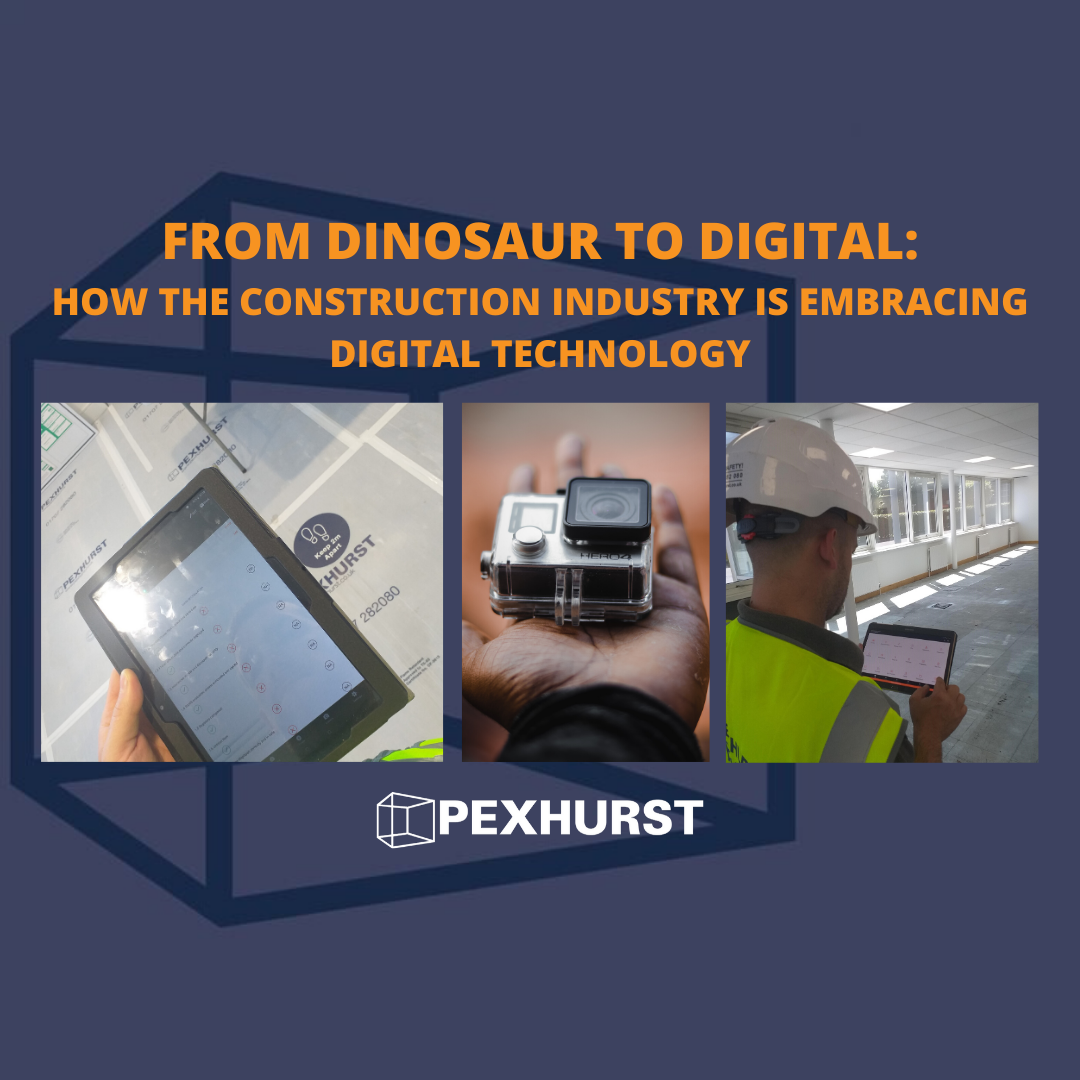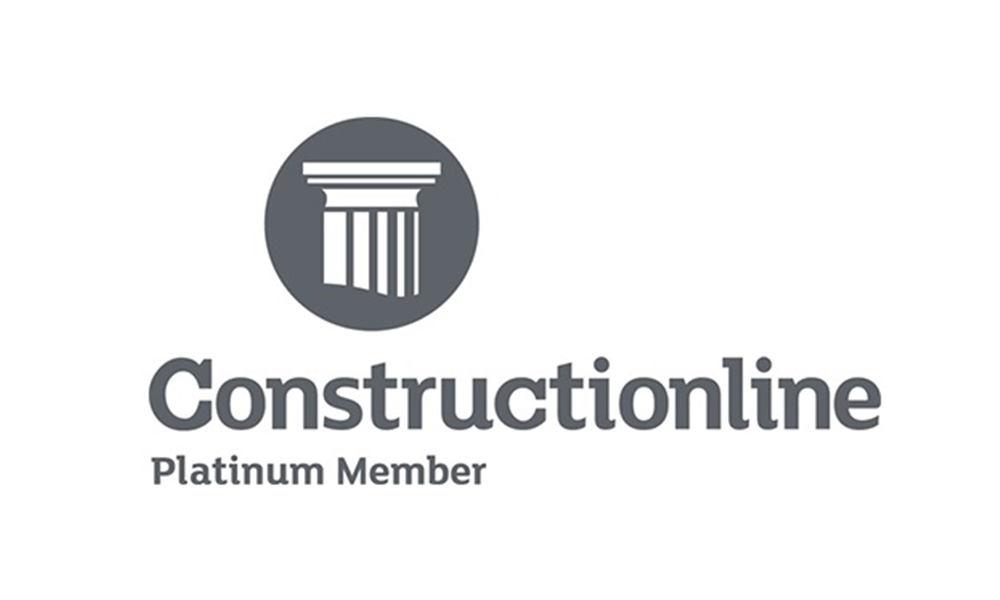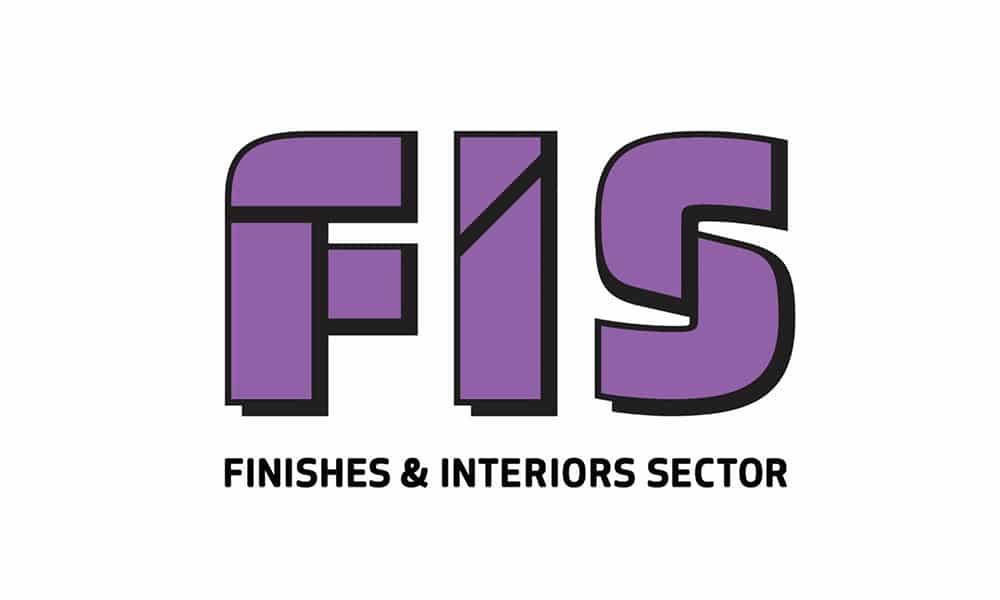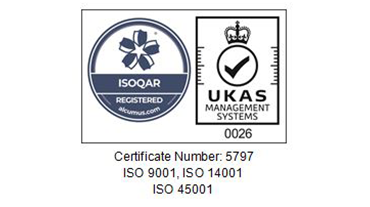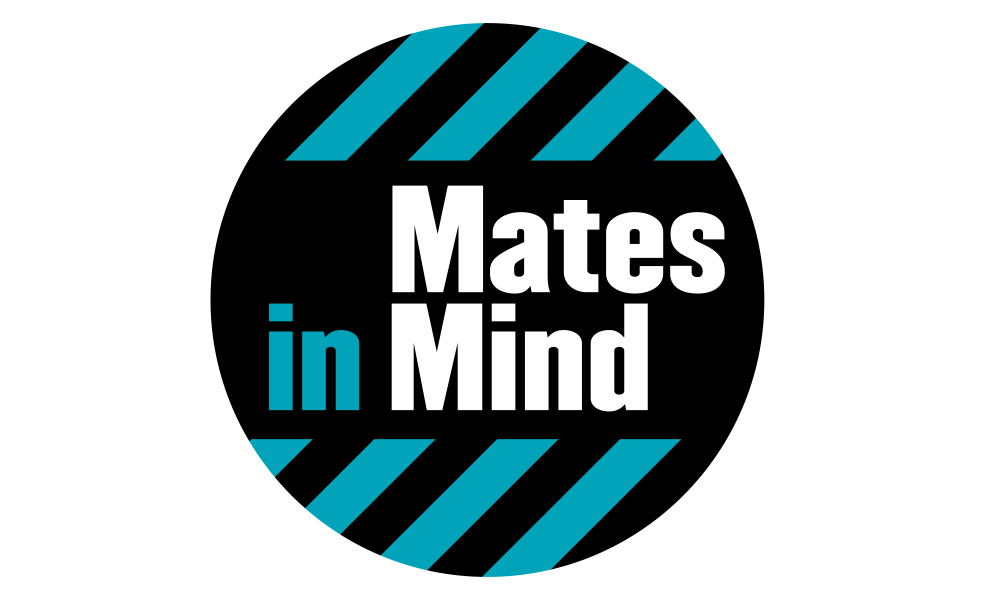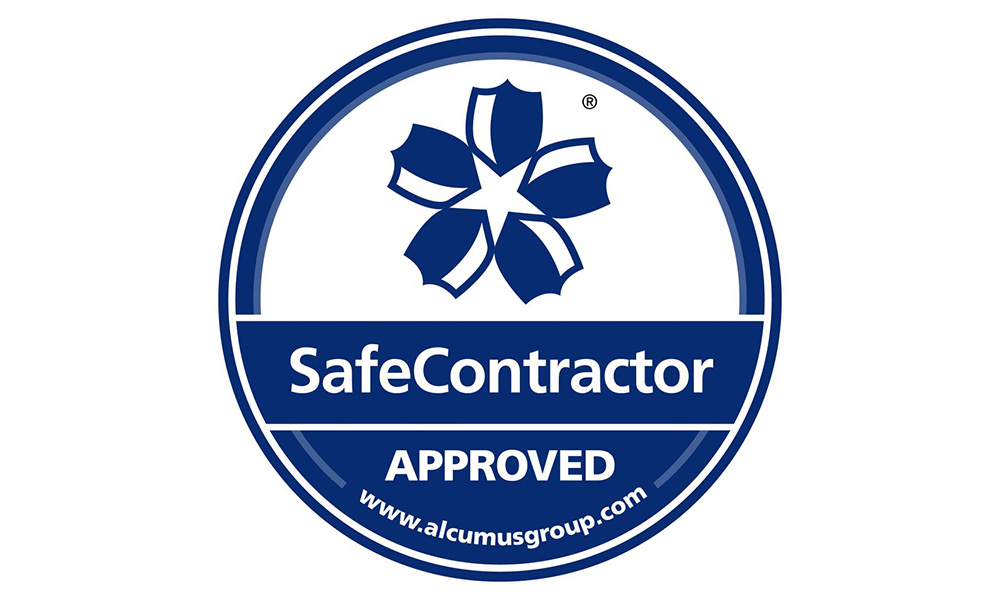From a digital technology perspective, the construction industry has long struggled to shake off its dinosaur reputation. More recently however, innovative leaders have realised that digital technologies provide a huge opportunity for construction to increase efficiency, improve productivity and health and safety, and reduce costs. Below we cover just some of the latest technologies and digital tools that are changing the face of the industry as we know it.
Drones
Drones are becoming increasingly popular, according to the ‘Drone Technology within the Construction Industry’ survey, a third of respondents are currently using drone technology; and of those that do not, nearly 80% plan to do so in the future.
Pexhurst were early adopters of this technology, investing in a drone back in 2017 to better help streamline some of our services, increase value for clients on our projects and to capture some breath-taking shots and footage to feature on our social media channels. This technology has allowed our site managers to oversee projects in real time, giving them stronger oversight and more efficient site surveillance.
Thanks to drones, we now have the ability to inspect difficult to reach or hazardous locations- including high level roof and facade works, external window repairs, and roof and ceiling voids.
Digital Construction Management
Construction management is still inextricably linked with pen and paper, however, we have seen first hand the transformative impact digital tools can have on project management and helping everyone work faster and more efficiently.
Here at Pexhurst, we use a construction management platform called Procore which provides our site managers with both a macro and micro view of all phases of a construction project, and has allowed us to standardise operations across all sites while collaborating with our clients on one-easy to use system. We have also migrated a huge amount of site based paperwork to the platform which means we now have immediate access to a suite of reporting. This has saved our Site Managers time and reduced costs for our business. (Click here to read our Directors Q&A on how Procore is changing the way we work.)
Moreover, Procore was particularly helpful during lockdown as it gave clients and surveyors, who at the time were unable to complete site visits, virtual access to buildings and provided real-time updates on the progress of works.
Wearables
According to ABI research, although enterprise devices account for only 17% of today’s smart wearables, it is estimated that by 2021 wearables in the workplace will represent more than one-third of the world’s 501 million devices. This applies to various industries including healthcare, manufacturing and, of course, construction.
From a health and safety perspective, wearable devices that incorporate IoT can provide an extra layer of protection for those working in construction. Small smart devices that attach to the worker or are built into protective gear such as helmets, vests, boots and glasses can monitor biometrics, environmental factors, worker location and activity in real time and provide tracking data.
This means that if there is a hazard around the site, the worker will be alerted, and if the worker suffers a fall or injury, the site manager can track their location easily and ensure duty of care.
Follow us on LinkedIn – https://www.linkedin.com/company/pexhurst-services-limited/

